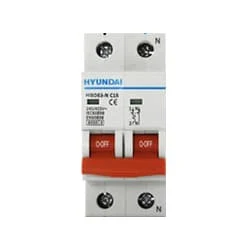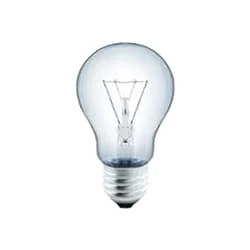Day Night Sensor Wiring diagram:
This diagram shows how to connect the Day Night Sensor Wiring diagram. This Night light With an Energy-Efficient LED (Light Emitting Diode) can be Plugged into the Socket and has a light sensor so that the lamp switches on automatically when it gets dark. In this circuit diagram, we just try to describe how to easily connect a day-night sensor with 2 lights. If you want to know more clear details please check our youtube video link below.
Diagram of Day Night Sensor Wiring:
Components Need for this Project:
You can get the components from any of the sites below:
- Magnetic Contactor [See Buy Click Amazon]
- Day Night Sensor [See Buy Click Amazon]
- DP MCB [See Buy Click Amazon]
- Light [See Buy Click Amazon]
Components used to make the Day Night Sensor Wiring:
01. Magnetic Contactor
 |
| Fig 2: Magnetic Contactor |
02. Day Night Sensor
 |
| Fig 3: Day Night Sensor |
03. DP MCB
 |
| Fig 4: DP MCB |
04. Light
 |
| Fig 5: Light |
Thank You for visiting the website. Keep visiting for more Updates.
Frequently Asked Questions
The easiest way to determine how your photocell works is to connect a multimeter in resistance-measurement mode to the two leads and see how the resistance changes when shading the sensor with your hand, turning off lights, etc. Because the resistance of the changes a lot, an auto-ranging meter works well here.
The sensor should be placed 4 to 8 feet away from the window ( or 2 times the height of the window) Revised 23.10.20 Page 3 Page 4 • Check that the daylight sensor's view is not obscured. Avoid putting the sensor in direct light from nearby lighting fixtures.
To begin testing your light during daylight hours, slide the "On-Time" of the switch on the sensor head to the "Test" position. For the initial test, your “Range” (and “Sensitivity”) controls would be set to their lowest setting or all other features would be turned off.
Ensure that the view of the daylight to the sensor is not obstructed (e.g. ceiling fans or pendant fixtures). Allocate 1 sensor for each partition of the space such as a private office. In case of an open office allocate 1 sensor at least every 30 linear feet of window wall.
Infrared (IR) sensors may not work effectively in direct sunlight because sunlight contains a large amount of infrared radiation, which can interfere with the sensor's ability to accurately detect other sources of infrared radiation.


Post a Comment
Do leave your comments